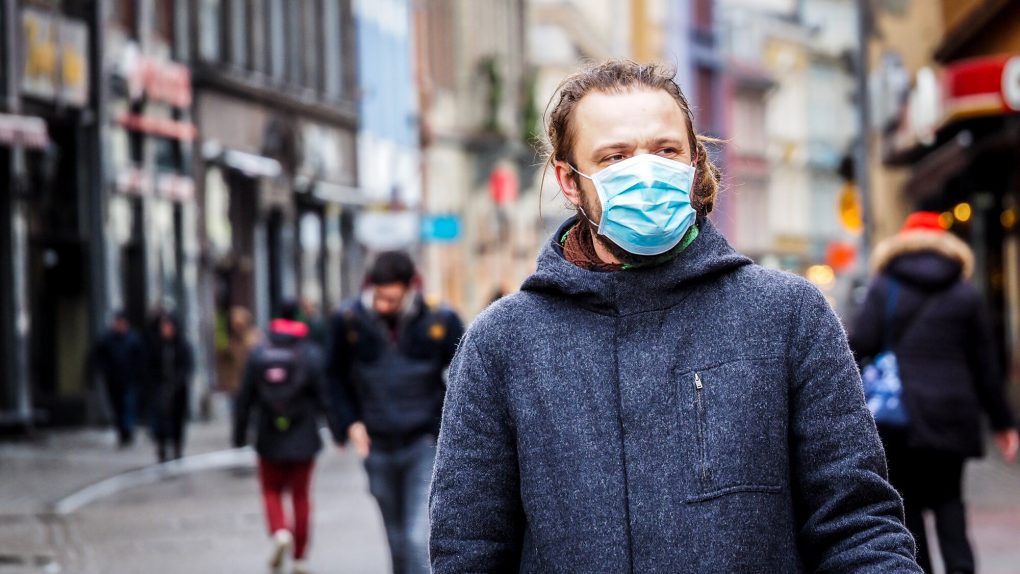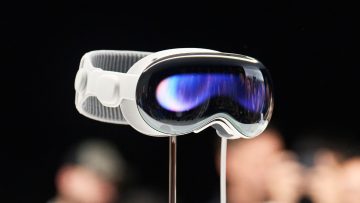- According to a new immunity study, the novel coronavirus was circulating in New York long before the first COVID-19 cases were diagnosed.
- The findings are surprising to many people, though they are in line with similar research that said the virus was spreading in US and European communities a lot earlier than expected.
- The Mount Sinai study also indicates that as many as 22% of New York City residents may have been infected, a figure that’s too low to offer herd immunity protection.
The novel coronavirus has been spreading inside communities since early 2020, well before the first cases were officially diagnosed. Researchers from France proved that Paris doctors had treated COVID-19 patients in late 2019, and there’s at least one similar study for Washington State. Other doctors in northern France also think they treated coronavirus pneumonia in late 2019. In Italy, doctors found evidence that says their local outbreaks started well before the first case was officially diagnosed. Spanish researchers found traces of the virus in sewage water that predates the start of the local epidemic. Separately, researchers had shown increased hospital activity in Wuhan, China in the months before the first cases were disclosed, suggesting the illness may have been spreading in the city well before China made any announcements. That study relied on imagery showing hospital parking occupancy, not actual testing from coronavirus patients who didn’t know they suffered from a new illness.
A brand new study from Mount Sinai researchers has a similar conclusion for the New York COVID-19 outbreak. The virus was already spreading silently in the city as early as early February, several weeks before the first cases were confirmed with PCR testing. This will come as a surprise to many people, who thought that much of the early undiagnosed spread was happening on the west coast. The researchers also offered a few other interesting conclusions about antibody testing, COVID-19 immunity, and herd immunity.
The Mount Sinai researchers analyzed over 10,600 plasma samples from patients who visited the healthcare system between the weeks ending February 9th and July 5th. They divided the patients into two groups, including an “urgent care” group of 4,101 patients and a “routine care” group of 6,590. The urgent care group came to the hospital seeking COVID-19 emergency care and was used as a positive control group for coronavirus infections. The routine care group represented patients who visited the hospital for non-COVID-19 problems, including OB/GYN, labor and deliveries, surgeries, oncology visits, and anything else that did not involve the pathogen’s presence.
The researchers thought the routine care would represent a better image of the general population. They found that most individuals in the urgent care group were over 61 years of age, while the routine care group was more balanced when it comes to age. The researchers designed their own antibody test to detect infections. The Mount Sinai test had high specificity and sensitivity, which means the chances of false diagnoses were very low. They measured both the presence of antibodies and the volume of antibodies a person had.
“Our two-step ELISA test confirms the presence and level antibodies. The use of two sequential tests reduces the false positive rate and favors high specificity resulting in a sensitivity of 95 percent, and a specificity of 100 percent,” Professor of Microbiology Viviana Simon said, per Science Daily.
The researchers observed that the frequency of positive rates increased differently in the two groups, rising sharply in the urgent care group. This is where the Mount Sinai researchers discovered that the virus was spreading in New York in early February. The first positive antibody tests dated back to mid-February. These proteins are detectable in the bloodstream a few weeks after a person is infected with the novel pathogen. This indicated that the virus came to New York several weeks — at least— before health officials confirmed that COVID-19 was spreading.
The number of COVID-19 cases increased significantly in the first week of March, and the city implemented a stay-at-home order on March 22nd.
The antibody tests allowed Mount Sinai to gauge the number of people infected in the first wave of New York’s COVID-19 epidemic. The researchers concluded that a significant number of New Yorkers were infected, but not enough for the city to reach herd immunity.
“Our data suggests that antibody titers are stable over time, that the seroprevalence in the city is around 22 percent, that at least 1.7 million New Yorkers have been infected with SARS-CoV-2 so far, and that the infection fatality rate is 0.97 percent after the first epidemic wave in New York City,” Dr. Florian Krammer said. We show that the infection rate was relatively high during the first wave in New York but is far from seroprevalence that might indicate community immunity (herd immunity). Knowing the detailed dynamics of the seroprevalence shown in this study is important for modeling seroprevalence elsewhere in the country.”
But the study has good news about COVID-19 immunity, indicating that antibody titers stayed stable from May to July. An increasing number of studies say that coronavirus immunity might last at least six months in most people.
The full study is available in Nature.








